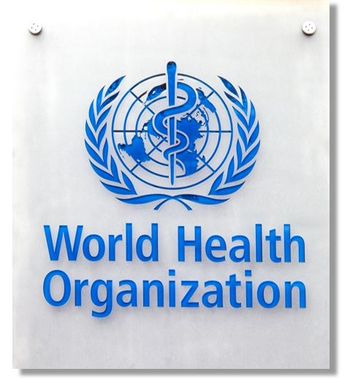
Pulmonary Arteriovenous Malformation
A 47-year-old woman presented to the emergency department with chest pain of sudden onset. The patient had no history of coronary artery disease, peptic ulcer, gastroesophageal reflux disease, or similar episodes of chest pain. She had not traveled long distances or suffered trauma or injury recently.
A 47-year-old woman presented to the emergency department with chest pain of sudden onset. The patient had no history of coronary artery disease, peptic ulcer, gastroesophageal reflux disease, or similar episodes of chest pain. She had not traveled long distances or suffered trauma or injury recently.
Her history included type 2 diabetes mellitus, chronic pancreatitis, and cirrhosis secondary to alcohol abuse and hepatitis C. The patient had smoked 2 packs of cigarettes a day for 35 years and was a heavy drinker.
Mild scleral icterus was noted. Crackles were heard in both lungs. A 2/6 systolic ejection murmur was localized in the left sternal border.
Arterial blood gas analysis revealed a PO2 of 47 mm Hg and a bicarbonate level of 20 mEq/L on a fraction of inspired oxygen of 100%. A chest film (A) showed a tortuous opacity in the left lingula, and a spiral CT scan (B, arrow) demonstrated 2 vessels extending to a 2-cm lesion. An angiogram revealed a large, left lingular pulmonary arteriovenous malformation (AVM).
Drs Eric Lin and Taha Ahmad of West Virginia University in Morgantown, report that patients with pulmonary AVMs typically present with profound hypoxemia; life-threatening hemoptysis and orthodeoxia (deoxygenation on assuming upright posture) also may occur. Consider pulmonary AVM in patients who present with hemoptysis and hypoxemia, especially those who have liver disease.
An association between cirrhosis and pulmonary gas exchange abnormalities has long been recognized. Pulmonary angiography-which confirmed the large pulmonary AVM in this patient-is the gold standard for diagnosis of these malformations.
Some patients respond to supplemental oxygen; however, this is not a cure. Coil-spring embolization by interventional radiology can successfully obliterate the AVM. This patient underwent the procedure; the dyspnea and hypoxemia ameliorated. She was comfortable breathing room air and required no supplemental oxygen.
Newsletter
Enhance your clinical practice with the Patient Care newsletter, offering the latest evidence-based guidelines, diagnostic insights, and treatment strategies for primary care physicians.
























































































































































































































































































